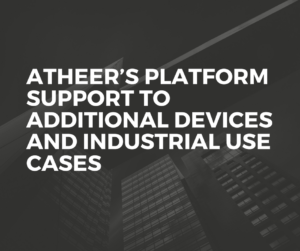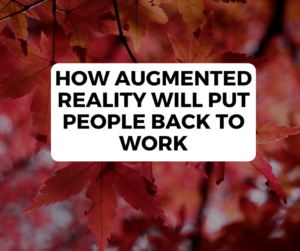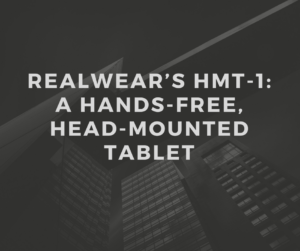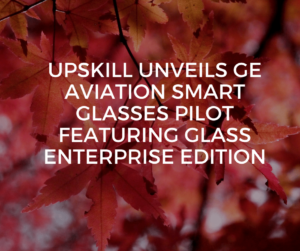Improving Customer Experience With Wearable Technology
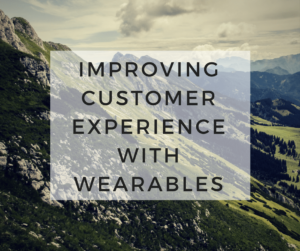
A recent article on BrainXchange lists a number of enterprises that are utilising wearable technology in order to create beneficial customer service schemes.
The list includes the following companies:
- Audi = using Virtual Reality headsets to allow potential buyers to visualise the cars in a range of simulated landscapes. They partnered with Zerolight to produce virtual scenery that wouldn’t be possible to see in real life, e.g. viewing cars on the moon. Ford is also developing a VR platform in addition to AR of hologram display cars.
- Lifestyle Home Builders = a Virginia-based company that is using VR in custom home building and buying. They provided customers with the experience of virtually viewing versions of completed houses via a VR headset by adapting building information modelling and off-the-shelf software.
- Cincinnati Airport (CVG) = recently trialled Samsung Gear S3 Smart Watches to aid janitors in keeping ahead with clean-ups and supplies. They partnered with Hipaax to integrate data from sensors in restrooms with their TaskWatch application; if successful, this will be released in 2018.
- Norden Machinery = a Swedish company that provides tube filling for cosmetic and pharmaceutical products. They partnered with XMReality to enable employees to provide remote support for their customers via use of Smart Glasses.
- Air New Zealand = the airline partnered with Dimension Data to produce an AR solution using the Hololens to help stewards to anticipate passengers’ needs. Emirates is also considering how their staff can use AR glasses to enhance the passengers’ experience.
- PulteGroup = one of the US’s largest homebuilders. They are utilising VR headsets to enable customers to take virtual tours of potential future homes where the model houses are as yet unfinished.
